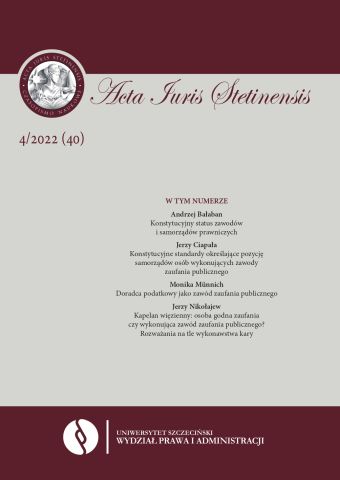
We kindly inform you that, as long as the subject affiliation of our 300.000+ articles is in progress, you might get unsufficient or no results on your third level or second level search. In this case, please broaden your search criteria.

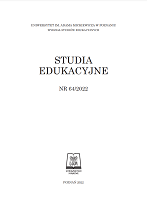
Another edition of the annual Istanbul International Conference on Arts, Literature, Humanities and Social Sciences was held from the 11th to the 13th of May 2022 in Istanbul. This year’s motive for the conference was the meaning of innovative research in terms of multidisciplinary science. The event was organised by the Dignified Researchers in Humanities and Social Sciences Institute in central Istanbul – the organisation that aims to gather young scientists from over 10 universities across the globe to share their research findings and experience.
More...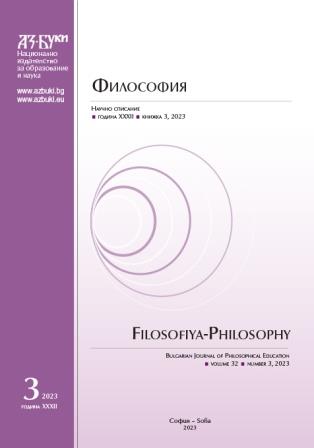
This paper is a review of the 18th National Ethics Conference that took place in November 2022 and was organized by the Department of Ethical Studies of the Institute of Philosophy and Sociology of the Bulgarian Academy of Sciences. The aim of this review is to give publicity to the event by informing of the thematic panels, the titles of the reports and the names of the researchers who participated.
More...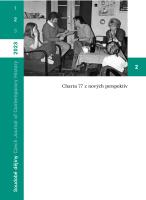
The author reports on the international historical conference “Centralist Ambitions and Peripheral Realities in the Twentieth Century: Contested Identities in Yugoslavia”, which took place on 14 May 2023 in Prague and was co-organized by the Institute of History of the Czech Academy of Sciences, Institute of World History of the Faculty of Arts of Charles University, the Leibniz Institute for East and Southeast Europe Studies (Leibniz-Institut für Ost- und Südosteuropaforschung) in Regensburg and the Croatian Historical Institute (Hrvatski institut za povijest) in Zagreb. Researchers from the former Yugoslavia, Belgium and the Czech Republic participated as speakers. The author first presents the general historical context of the complex relationship between national and other collective identities in Yugoslavia during the twentieth century. He then introduces the individual speakers and presents their diverse contributions. The event, he says, was inspiring not only for researchers specializing in the Balkans, but also for scholars of Czechoslovak history, given the numerous historical overlaps.
More...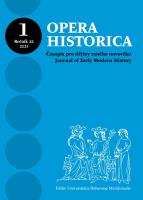
Ve dnech 7. a 8. března 2023 proběhlo v Madridu již 12. mezinárodní sympozium z řady Historia Comparada – Red Sucesíón. V letošním roce bylo nazváno ¿Una monarquía mestiza? Mezcla de naciones y sociedad política en la monarquía de España.
More...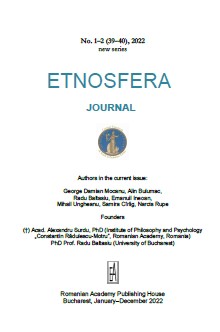
Among many other problems remained unsolved after the Paris Peace Conference in 1919 there is the issue of the Romanians living in north-eastern Serbia, specifically between the valleys of the rivers Morava and Timok. A large population numbered in hundreds of thousands received very little attention during the conference that aimed at solving the ethnical problems of Europe. The ambiguous result of the Paris Peace Conference regarding the Romanians of the Timok Valley had dire consequences on long term for this population, hence the origins of this situation deserve a closer evaluation.
More...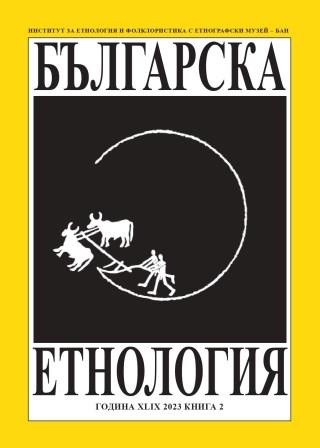
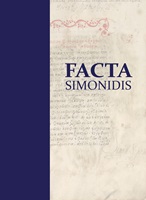
A Report on the National Scientific Conference Aktion Zamość 1942-1943, Academy of Zamość, Zamość, 28 February 202
More...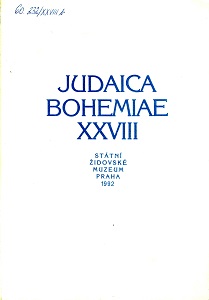
The article discusses the historical significance and context of the Wannsee Conference, which was held on January 20, 1942 in Berlin to coordinate the implementation of the "Final Solution" of the Jewish question in Nazi-occupied Europe. The author argues that the conference was not the starting point of the genocide of European Jews, but rather a bureaucratic meeting to inform and involve various state agencies in the ongoing mass murder that had already begun in the Soviet Union and Poland. The author also analyzes the motivations and roles of different Nazi leaders, such as Hitler, Göring, Himmler, and Heydrich, in planning and executing the "Final Solution", as well as the euphemistic terminology and deceptive methods they used to conceal their criminal intentions.
More...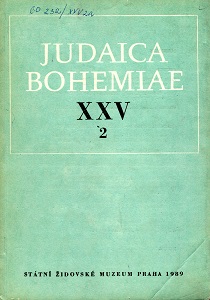
Review of: A Symposium on the History of the Terezín Family Camp at Auschwitz, Terezin, March 7—9, 1989 (Conference report) Jiří Kramer: Památná místa a památníky protifašistického boje v Severočeském kraji (Die Gedenkstätten und Denkmale des antifaschistischen Kampfes im nordböhmischen Gebiet). Okresní výbor Českého svazu protifašistických bojovníků. Ústí nad Labem 1987. 151 Seiten Wagner, Wolf H.: Der Hölle entronnen-Stationen eines Lebens. (Eine Biographie des Malers und Graphikers Leo Haas.) Henschelverlag, Berlin 1987, 212 Seiten Text, 60 Seiten Bilderbeilagen „Jüdische Friedhöfe in Berlin“, Henscheiverlag Kunst und Gesellschaft, Berlin 1987, 160 pp., by Alfred Etzold, Joachim Fait, Peter Kirchner, and Heinz Knobloch Tietze, Hans: Die Juden Wiens, Geschichte-Wirtschaft-Kultur, Wien 1987, Edition Atelier (Wiener Journal Zeitschriftenverlag), 301 pages The Wellspring of Living Waters. Issachar Bär Teller, Physician and Surgeon, A Medical Self-Help Book. Translated from the Hebrew and Yiddish With Introduction and Notes by Arthur Teller, M. D., Tai Or Oth Publishers, New York 1988 František Kafka: Der grosse Rabbi aus Prag — Jehuda Löw. Buchloe 1988, Verlag Hans Obermayer, 178 Seiten
More...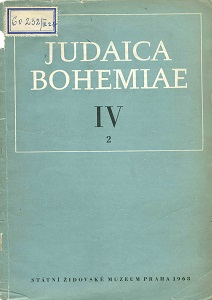
1. La nouvelle exposition du Musée juif d’Etat „Millenium judaicum bohemicum“ (Libretiste: Doc. dr. Vladimir Sadek, Architecte: arch. Bohumil Ulrich, Graphique: Jaroslav Béza) 2. Conférences d’automne 1967 du Musée juif d’Etat
More...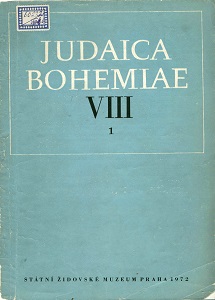
1. Le cycle des conférences d’automne 1970, du Musée Juif d’Etat 2. Le cycle des conférences du Museé Juif d’Etat en 1971 3. L’exposition „Kepler et Prague“
More...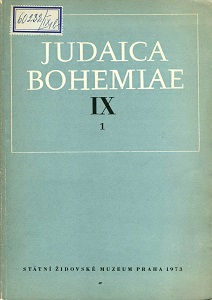
1. Terezín (Theresienstadt) am 3, September 1972 2. Le cycle des conférences „De l’histoire de l’art juif“
More...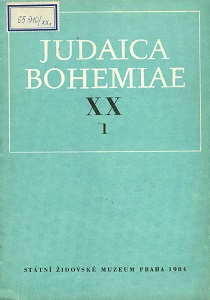
Exposition „Terezín dans les dessins des prisonniers 1941—1945“; “The Precious Legacy“ — An Exhibition from the Collections of the State Jewish Museum; International Scientific Session in Warsaw; Review of: Jacek E. Vilczur, Roman Hrabar, Zofia Tokarz — Czas niewoli, czas šmierci. Martyrologia polskich dzieci podczas okupacji hitlerowskiej, Warszawa 1981, 211 S.
More...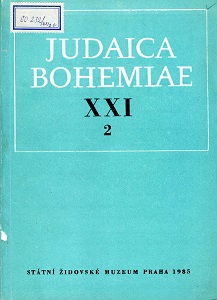
Some Notes on Making Use of Hebrew Manuscripts and Old Printed Books for Exhibition Purposes Exposition -«L’Ornement dans l’art populaire» (des collections du Musée Juif d’Etat de Prague) Die Jugend im Konzentrationslager Theresienstadt 1941—1945 Neuzugänge von Archivgegenständen in den Sammlungen „Verfolgung“ und „Theresienstadt“
More...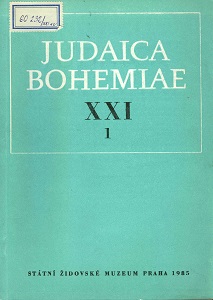
Les dessins de Terezín par les membres de la famille Klein; Exposition „Le Génocide hitlérien en Europe et en Pologne 1933—1945“
More...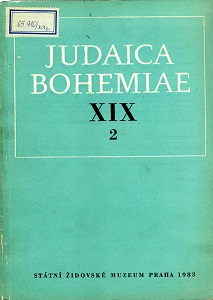
The Exhibition “Struggles and Battles — Art Against Fascism and War“; (Conference report) Review of: Gerhard Schoenberner: Der gelbe Stern. Die Judenverfolgung in Europa 1933—1945. 3. Ausgabe, Fischer Taschenbuch Verlag, Frankfurt a/M, 1982, 318 S.
More...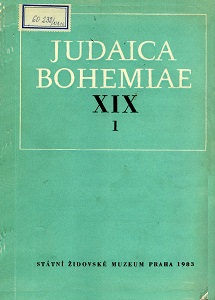
New Exhibition of the Synagogue Textiles Collection of the State Jewish Museum in Prague; The Exhibition „The Old Jewish Cemetery in Prague in the Works of Romantic Painters“; Exposition itinérante des dessins d’enfant de Terezín en Italie; Musik in den Konzentrationslagern; The Results of Two Years’ Work on the Restorations of the Memorial to the Victims of Nazism in the Pinkas Synagogue; Die Restaurierung der Grabsteines von Hendl Bassewi auf dem Alten jüdischen Friedhof in Prag
More...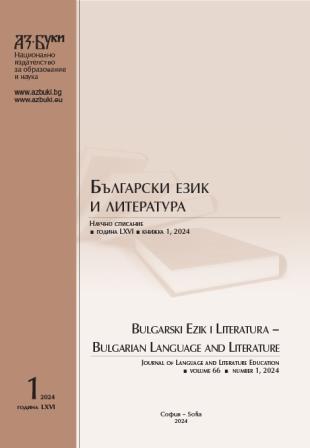
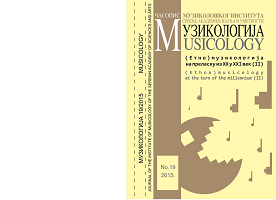
The International Society for Ethnology and Folklore (Société internationale d’ethnologie et de folklore — SIEF) is a professional organisation that assembles ethnologists, anthropologists, folklorists, ethnomusicologists, linguists, sociologists and others. The Society held its 12th Congress in Croatia in June 2015 with the theme Utopias, Realities, Heritages: Ethnographies for the 21St Century, assisted by local organizers, the Department of Ethnology and Cultural Anthropology of the Faculty of Humanities and Social sciences of the University of Zagreb, and the Institute of Ethnology and Folklore Research in Zagreb. Although one of the largest humanities conferences in the region, it attracted many scholars from other parts of the world, who offered contributions on various topics related to the conference theme: archives, body/embodiment, digital/virtual, disciplinary discussions, food, gender and sexuality, heritage, home, migration/borders, museums, narrative, politics and social movements, religion, rural, socialist, post-socialist and urban studies, including music. Thus, it is understandable that throughout the conference there were continuous sessions showing ethnographic films, since they, as a medium, potentially encompass all humanities and social sciences.
More...